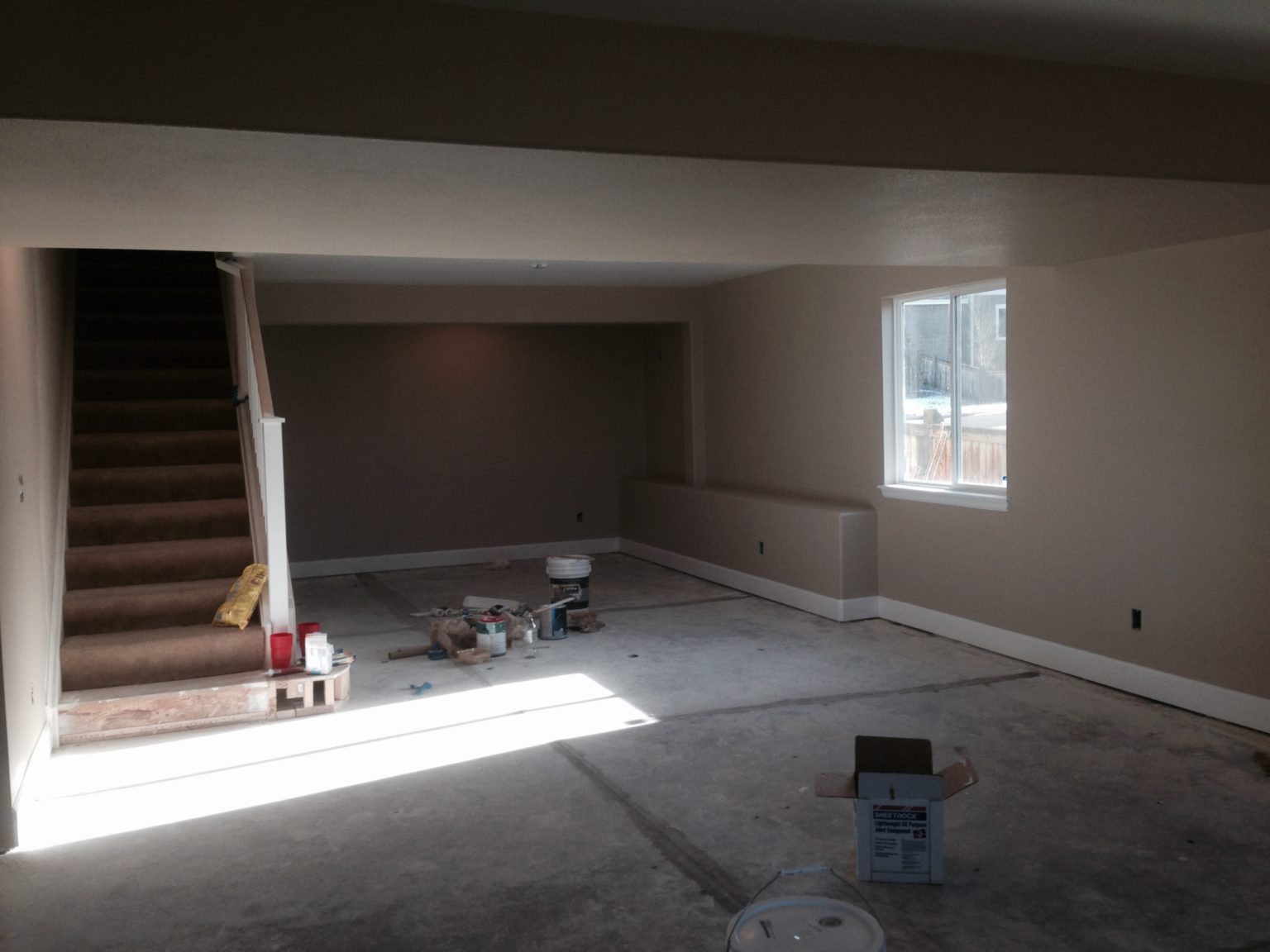
If the mean roof height is greater then 60 and less then 90 - Part 1 can be used if the height-to-width ratio is 1 or less.īy checking the Exception box (Part 1) will be used to perform the calculations. The following fields are optional and will show up on you printed page.Įxception from part 3 page 320 (Use the calculator below) Example 55'-8" is written as 55.67Įnter an optional Tributary area between 10 and 500 square feet at (MRH 60 ft). See below for additional information about the Kd factor.įor determining Zone 5 dimension "a". See below for additional information about Kzt. Refer to section 26.8 and figure 26.8-1 to determine the wind speed-up effect. Thank you in advance.ĭesign Load Method: ASCE7-10 Strength Design Load & Allowable Stress Design

You may get an email about updates to the wind load program or changes to this website. BTU is often used as a point of reference for comparing. 1 watt is approximately 3.412 BTU per hour. 1 BTU 1,055 joules, 252 calories, 0.293 watt-hours, or the energy released by burning one match. It is approximately the energy needed to heat one pound of water by 1 degree Fahrenheit. If you enter your email address, you can be rest assured it is safe and will not be sold. The British Thermal Unit, or BTU, is an energy unit. The program will let you know when the conversion has happened after the design pressures are calculated.īe sure to enter all required fields. This will cover the mean roof height and least building width. Finally, I added programing to accommodate the use of feet and inches to be converted to decimal feet as the program requires. See the calculator below to verify the exception can be used. I added a check box to force the program to utilize part 1 when using the exception rule in part 3 which allows the use of part 1 for heights greater then 60 feet and less than 90 feet. Since the introduction of the ASCE 7-16 code, I made a few revisions to the ASCE 7-10 program. In these calculations the ASD velocity pressure is reduced by 60%. 82. In general the LRFD will be used for the main structure and the ASD will be used on the components and cladding. 080' aluminum that measures 10'x2'x8', you just add up the 5 sides of the box using that formula: Rear: 120' × 24' ×.


For example, if you have an empty lightbox cabinet made from. For me the biggest change utilizes the LRFD (Load Resistance Factor Design) and ASD (Allowable Stress Design). The simple formula is length × width × depth × density mass. Refer to your local jurisdictions to determine which map and wind speed to use. The Wind speed maps are separated into category 1 through 4.
Cadtools square feet code#
A few of the key changes are: The Importance factor used on the older code is no longer used and is built into the wind speed maps. There are many references on the web about the big changes to the ASCE7-10 code. Recent tools include Scale Line, Repeat, Repeat Along Path, Scaled Type, Grid, and Wave tools. Red dots indicate the number and placement of mouse-clicks to edit or create an object, label or dimension. CADtools adds over 100 tools to the tool panel.

The program will automatically determine Part 1 or Part 3. Click-drag tools with seamless integration. This program utilizes Part 1: Low-Rise Buildings h60 ft to calculate the design pressures. Refer to the bottom of this page for various building code web site links.Īs you will see in the Asce 7-10 Building Code there are four parts for determining the components and cladding. It is highly recommended you review the building code to understand where the information comes from. I use these programs to verify the design pressures provided by the architects or to create them for estimating or engineering purposes. The program displays the Wall Components and Cladding design pressures for the selected conditions. Multiply the mm 2 value by 0.Here is a web enabled Asce7-10 wind load program. Multiply the cm 2 value by 100 to get mm 2 Multiply the cm 2 value by 0.0001 to get mm 2 Multiply the m 2 value by 10 000 to get cm 2 Multiply the m 2 value by 1000000 to get mm 2 To convert among square feet, square inches, square yards, square centimetres, square millimetres and square meters you can utilize the following conversion table.


 0 kommentar(er)
0 kommentar(er)
